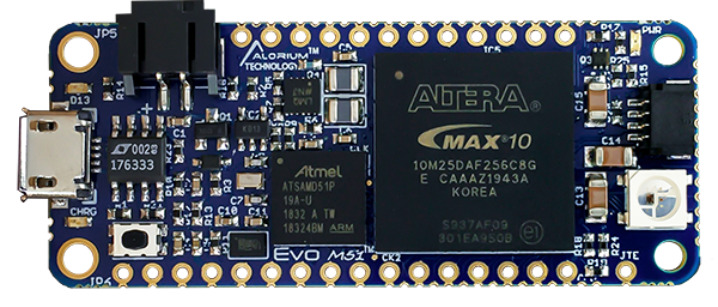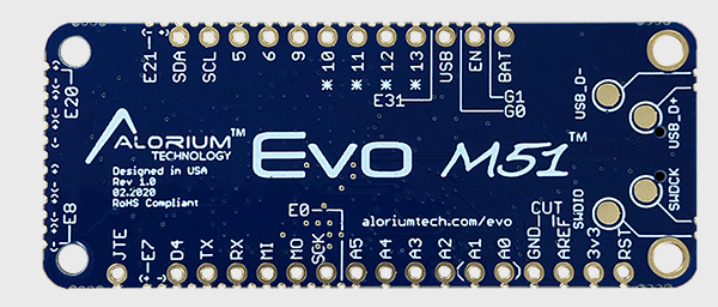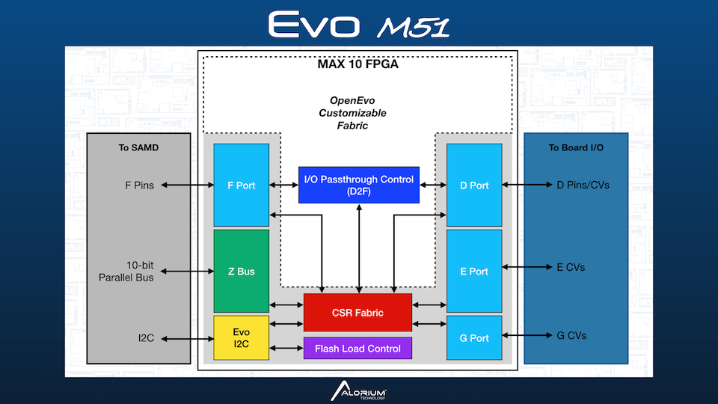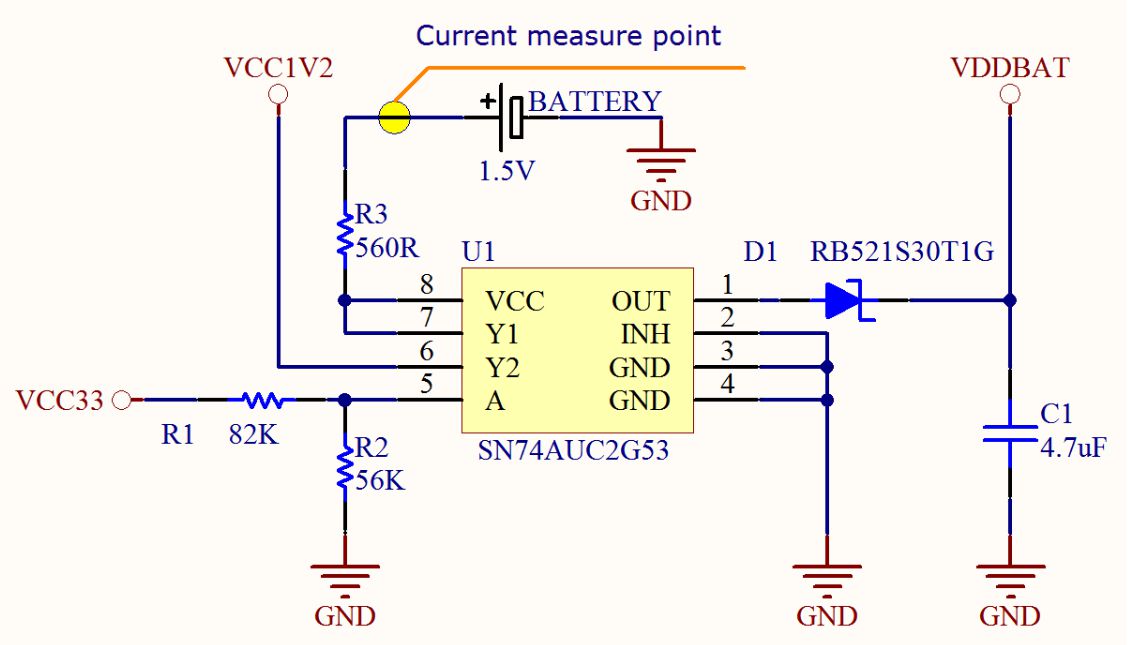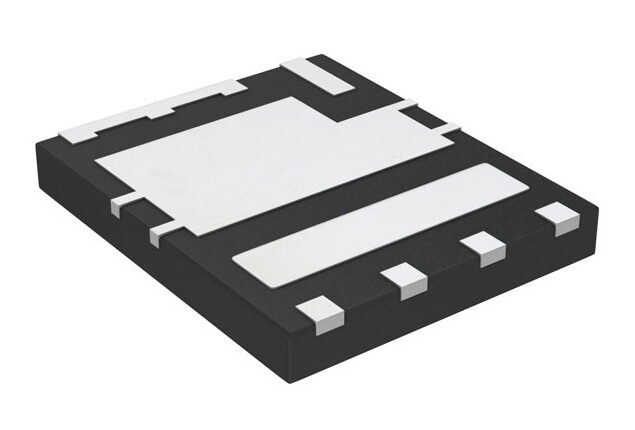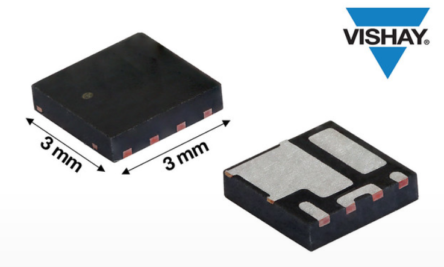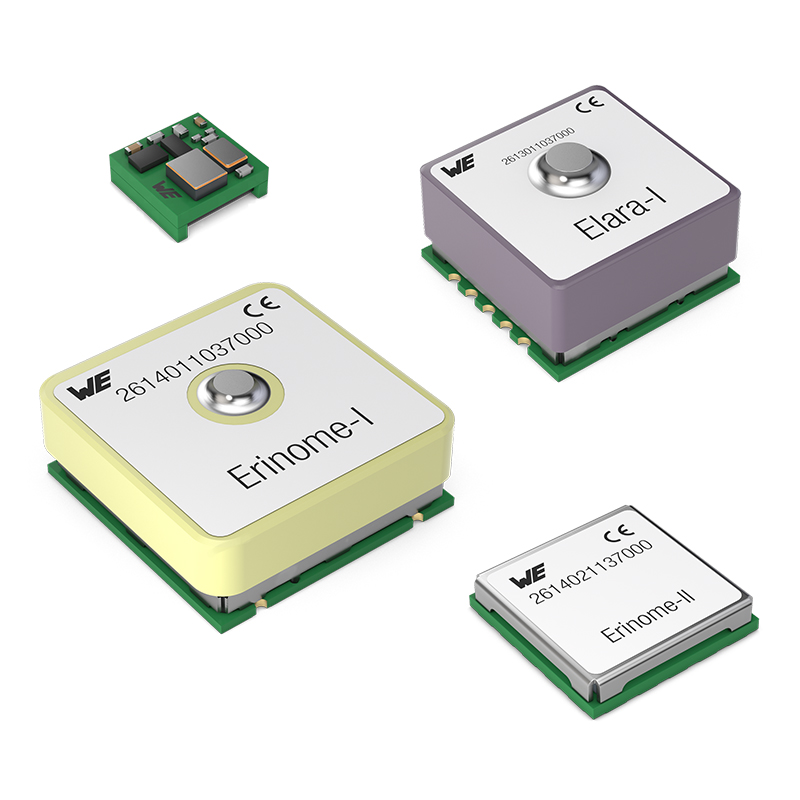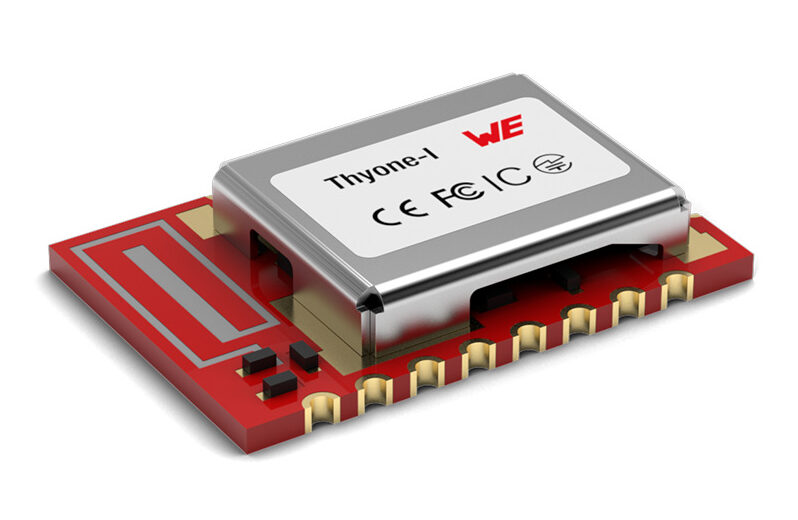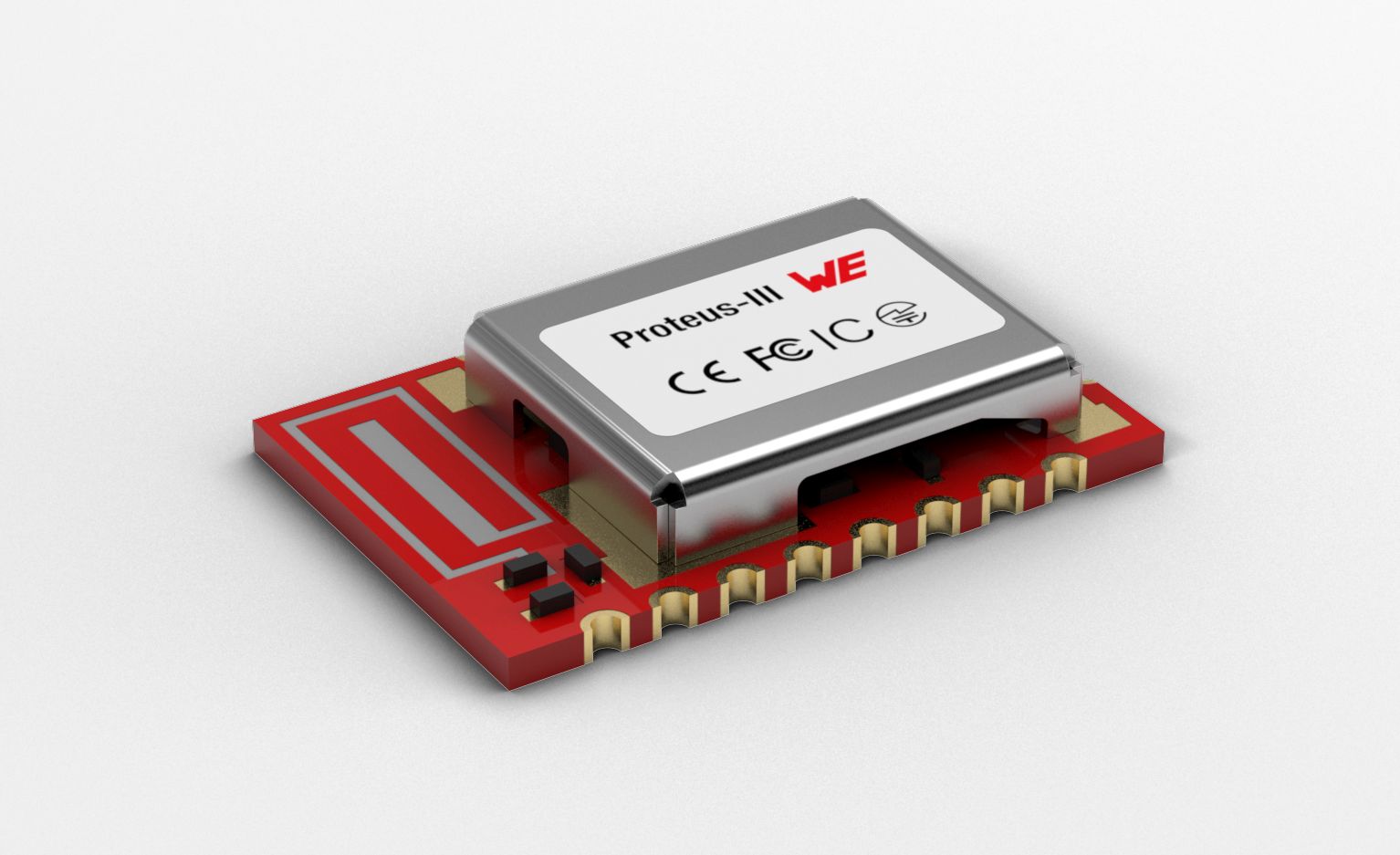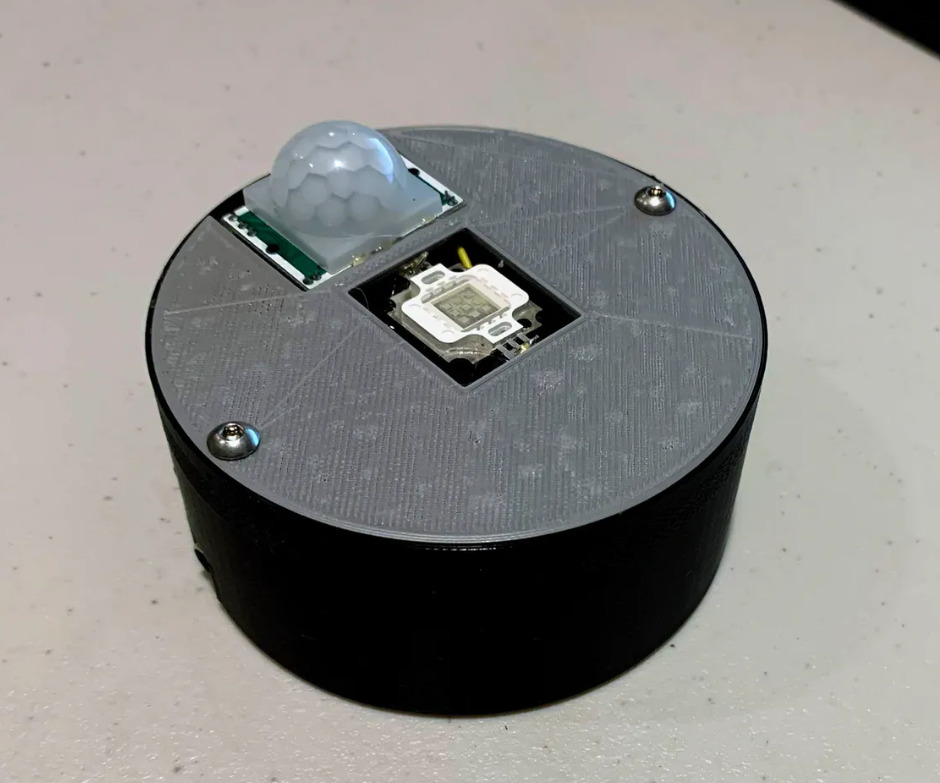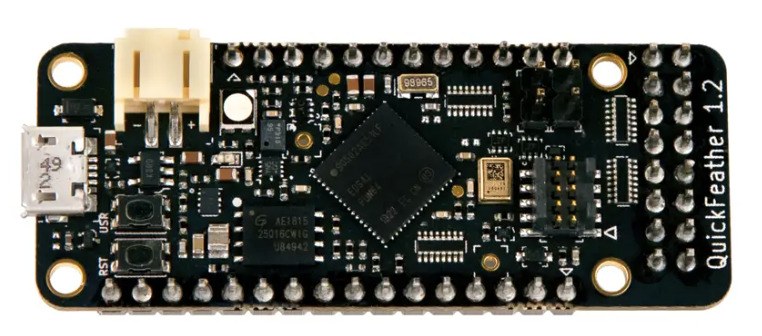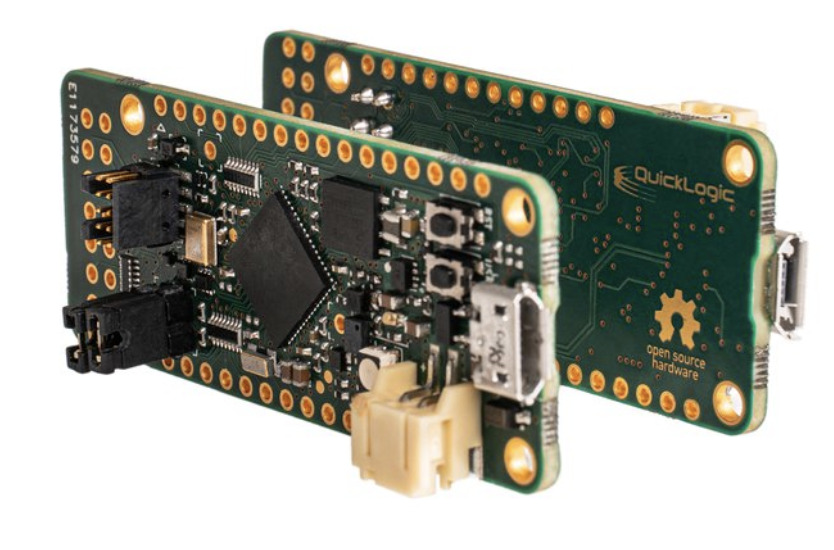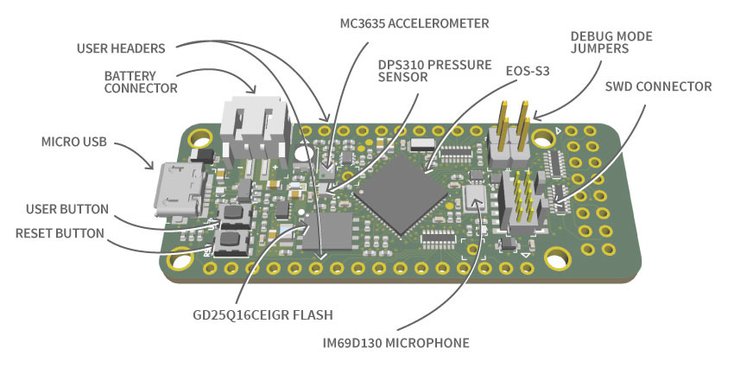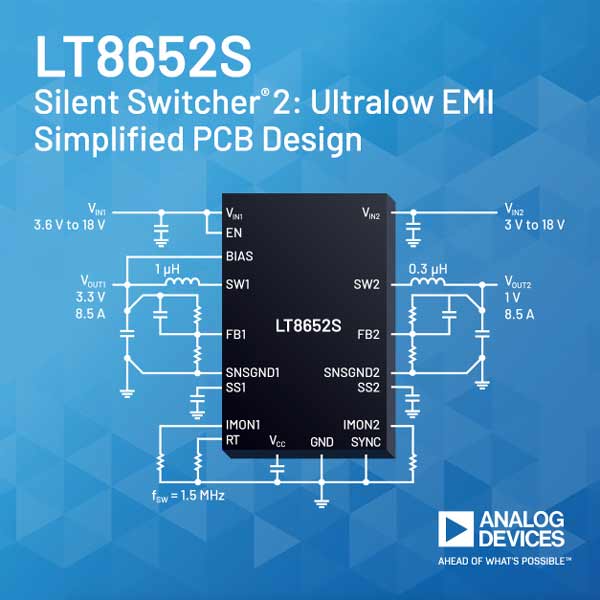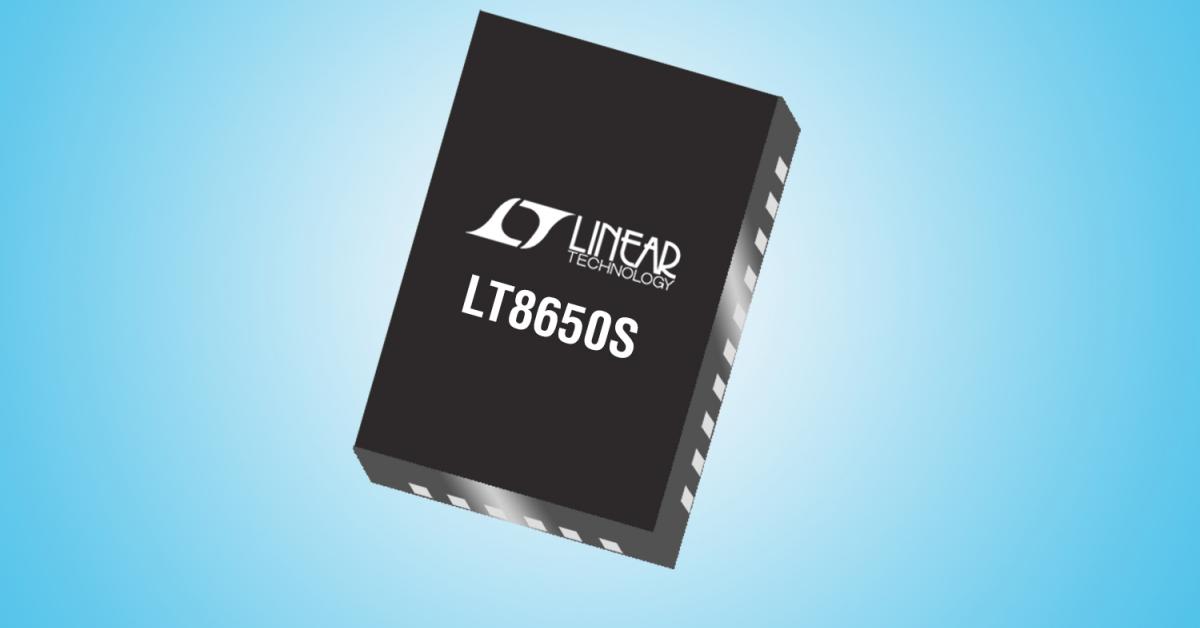Axiomtek – a world-renowned leader relentlessly devoted in the research, development and manufacture of series of innovative and reliable industrial computer products of high efficiency – is proud to introduce the NA346, a 4-LAN fanless network appliance platform designed in a small form factor. This ultra-small desktop network appliance is powered by the Intel® Celeron® processor N3350 (code name: Apollo Lake) featuring the lowest Thermal Design Power (TDP) of 6W to meet the specific configurations of low-power requirement. The reliable NA346 is positioned as an entry-level SD-WAN, VPN and security gateway for industrial IoT security applications.
“The 5G network is foreseeable to transfer data with greater bandwidth, higher speed and boost the edge computing and AIoT application. The cutting-edge NA346 offers two mini-PCIe slots and SIM socket supporting 3G/4G/LTE communications and connectors to 5G modules,” said Kiwi Lee, a product manager of Product PM Division at Axiomtek. “Space limitation is one of the constraints in today’s industrial environment. Axiomtek’s ultra-small NA346 can be easily installed in narrow spaces. Featuring fanless operation, this network security appliance is perfect to be used in noise-sensitive environments.”
The NA346 supports one DDR3L-1600 SO-DIMM slot with up to 8GB of system memory and also offers one mSATA for storage. Under its small form factor, the network communication platform comes with four 10/100/1000 Mbps LAN ports using the Intel® i211 Ethernet controller. Other I/O interfaces include one serial console port, two USB 3.0 ports and one HDMI port. To ensure reliable operation, the NA346 support screw-type DC jack and a power button with LED, providing users with a more elegant and reliable product. It is compatible with Win 10 and Linux (Yocto project) operating systems.
Advanced Features:
- Small form factor with fanless and noiseless design
- Intel® Celeron® processor N3350 (Apollo Lake)
- One DDR3L-1866 SO-DIMM for up to 8GB of memory
- Four 10/100/1000 Mbps Ethernet ports (Intel® i211)
- PCI Express Mini Card slot for optional
- Suitable for IIoT security applications
The NA346 is now available for purchase. For more product information or customization services, please visit our global website at www.axiomtek.com or contact one of our sales representatives at info@axiomtek.com.tw.




